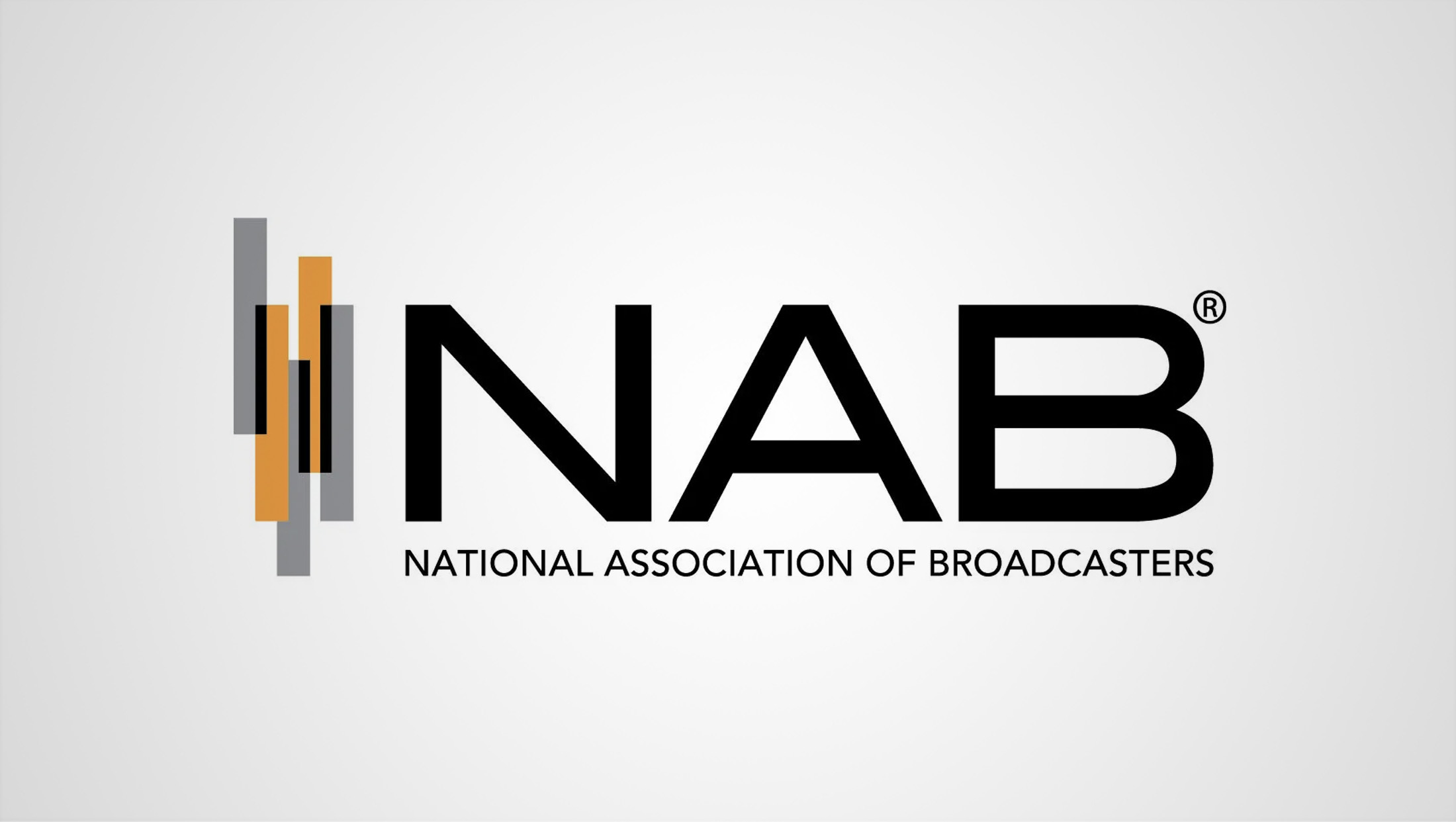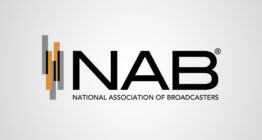NAB warns FCC against further reallocation of C-band in filing

Subscribe to NCS for the latest news, project case studies and product announcements in broadcast technology, creative design and engineering delivered to your inbox.
The National Association of Broadcasters has urged the Federal Communications Commission to protect existing users of the Upper C-band spectrum (3.98-4.2 GHz), warning that further reallocation could disrupt critical broadcast infrastructure with no viable alternatives.
In comments filed in response to the FCC’s recent Notice of Inquiry on Upper C-band spectrum (GN Docket No. 25-59), NAB emphasized that broadcasters have already undergone significant disruption and consolidation following the 2020 Lower C-band auction, which reallocated the 3.7-3.98 GHz portion of the band.
“The intensity of usage of Upper C-band is now at least two-and-a-half times what it was before the Lower C-band auction of 3.7 to 3.98 GHz,” NAB stated in its filing. “Incumbent users that formerly occupied the C-band’s 500 MHz of spectrum across 41 satellites serving CONUS have been ‘repacked’ into the remaining 200 MHz, and 13 additional C-band satellites have been brought into service.”
The filing details how virtually every U.S. television household views content transmitted via C-band operations, with all major U.S. television networks relying on the Upper C-band for distribution of content to affiliate stations and MVPD head-ends. The band is also critical for transportable uplink and downlink systems used for thousands of broadcast events each year, including NFL games, NASCAR races, and breaking news coverage.
NAB argues that alternatives like fiber or higher-frequency satellite bands cannot replicate the unique capabilities and reliability of C-band satellite delivery, particularly for simultaneous distribution over large geographical areas.
“C-band satellites implement hemispheric coverage, which is not typically available in Ku-band satellites but is critical to cross-continent and intercontinental delivery,” the filing stated. “While programmers often make use of [Ku-band and fiber] in concert with C-band, these alternatives alone do not meet broadcasters’ reliability standards.”
The comments also highlight concerns related to potential interference with aircraft radio altimeters operating in the adjacent 4.2-4.4 GHz band. NAB noted that the previous Lower C-band transition faced delays due to interference concerns with aviation safety systems, despite having 220 MHz of separation. Expanding operations into the Upper C-band would reduce this separation and potentially create more significant interference issues.
NAB called on the Commission to ensure any expansion prioritizes protection of existing users and urged the FCC to take a more active role in resolving interference issues than it did during the Lower C-band transition.
The NAB’s filing suggests that any further reallocation of C-band spectrum would face significant technical and economic challenges, as “all the ‘low hanging fruit’ have already been picked from the C-band.”
The filing argues that systems remaining in the Upper C-band today are there because viable alternatives “will be very expensive, overly complicated, or simply may not exist.”
The Commission has not announced a timeline for decisions regarding potential changes to Upper C-band allocations.
Subscribe to NCS for the latest news, project case studies and product announcements in broadcast technology, creative design and engineering delivered to your inbox.





tags
FCC, live transmission, NAB, Video Transmission
categories
Broadcast Business News, Broadcast Engineering, Content Delivery and Storage, Featured, IP Based Production, Policy